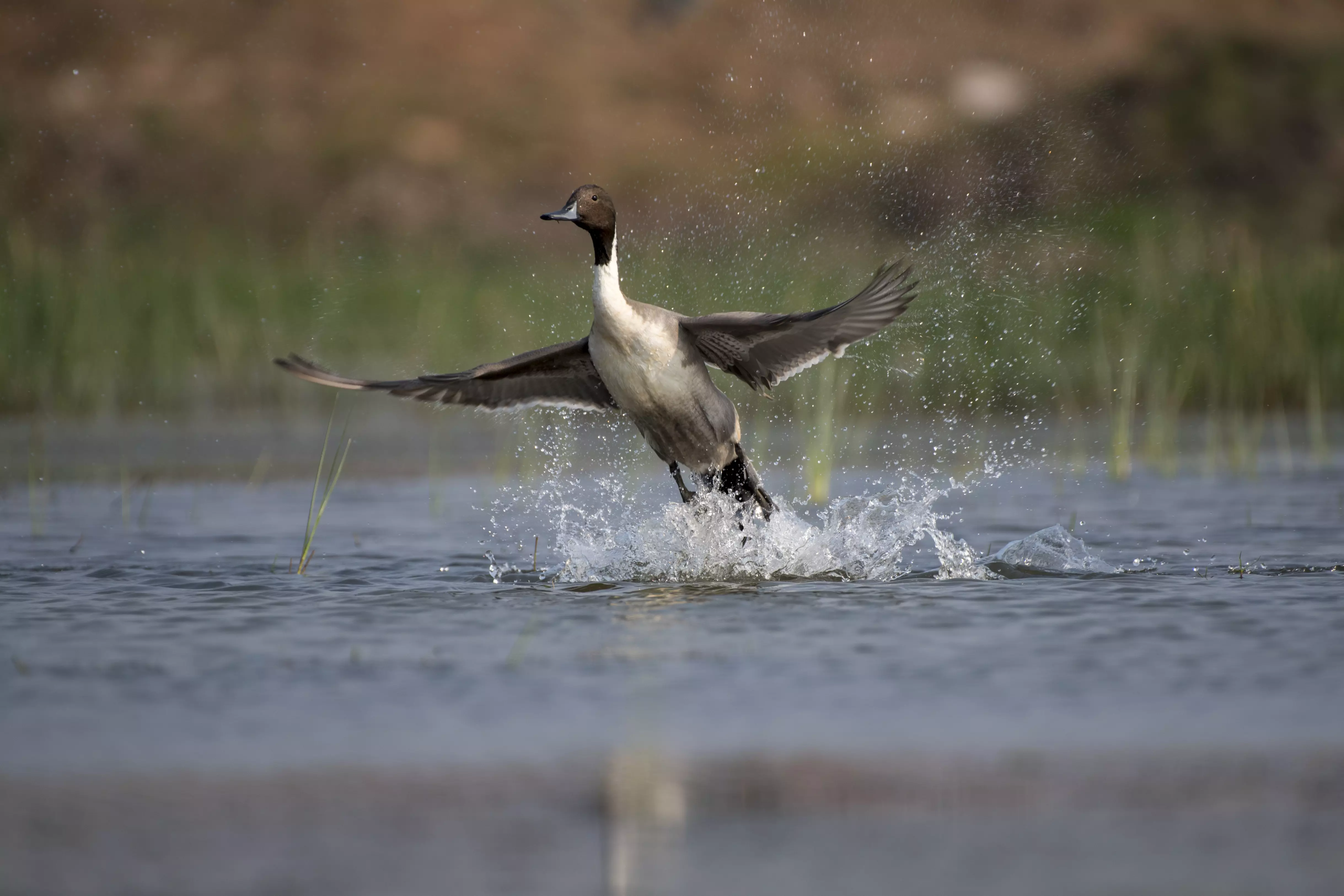What is bird flu?
Avian influenza, also known as influenza aviarum, is a viral infectious disease that mainly affects birds. Although most cases involve animals, the H5N1 virus, which is the most common etiological agent, can also infect humans. The H5N1 virus is one of the subtypes of the influenza A virus. It originated in the 1990s in Asia and has caused numerous outbreaks and cases of disease in both humans and birds.
How does the H5N1 virus transmit to birds?
The H5N1 virus is transmitted to birds in direct and indirect ways. Direct contact between an infected bird and an uninfected bird is the main route of transmission. This can include such things as saliva, feces, nasal secretions and even feathers and droppings. Another way is contact with contaminated surfaces where virus particles may be present.
Bird migration also plays an important role in the spread of the virus. Birds infected with the H5N1 virus can carry it over long distances, which can lead to widespread distribution of the disease. This is particularly important for local populations of migratory birds, which may be more susceptible to infection during international flights.
What are the symptoms of avian influenza in birds?
Symptoms of avian influenza can vary depending on the bird's species, age, health status and virus subtype. Some birds may not show any symptoms of the disease and yet carry the virus.
Birds usually show the following symptoms:
Depression and weakness of the bodyLoss of appetiteNasal obstructionDifficulty in breathingDecrease in egg productionUncontrollable muscle tremors or crampsSwelling of the face and backIf you experience these symptoms, consult a veterinarian immediately, as avian influenza can lead to serious complications and bird death.
The risk of the H5N1 virus to bird populations
The H5N1 virus, which is the main etiological agent of avian influenza, poses a serious threat to bird populations around the world. When an outbreak occurs, many breeding farms must be closed to protect birds from infection.
Some bird species are more susceptible to H5N1 infection than others. This is especially true for water birds, such as ducks and geese, which have a higher risk of infection by obtaining food in the water, where they may encounter infected wild birds.
If the H5N1 virus is detected in a bird population, immediate action is needed to prevent the spread of the disease. Such measures include quarantining infected populations, carefully examining the health of remaining birds and implementing appropriate preventive measures. In some cases, it may also be necessary to destroy infected birds to prevent further infection.
The long-term consequences of the H5N1 virus on bird populations are still not fully understood. The virus may contribute to a decrease in biodiversity in bird populations, which in turn may lead to ecological disruption and other negative effects.
Summary
Avian influenza, caused by the H5N1 virus, poses a significant threat to both bird populations and human health. Effective management of the risks associated with this disease requires international cooperation and proper monitoring of birds. The introduction of appropriate preventive measures, such as proper hygiene and control of bird migration in specific areas, is key to limiting the spread of the H5N1 virus.

Add comment